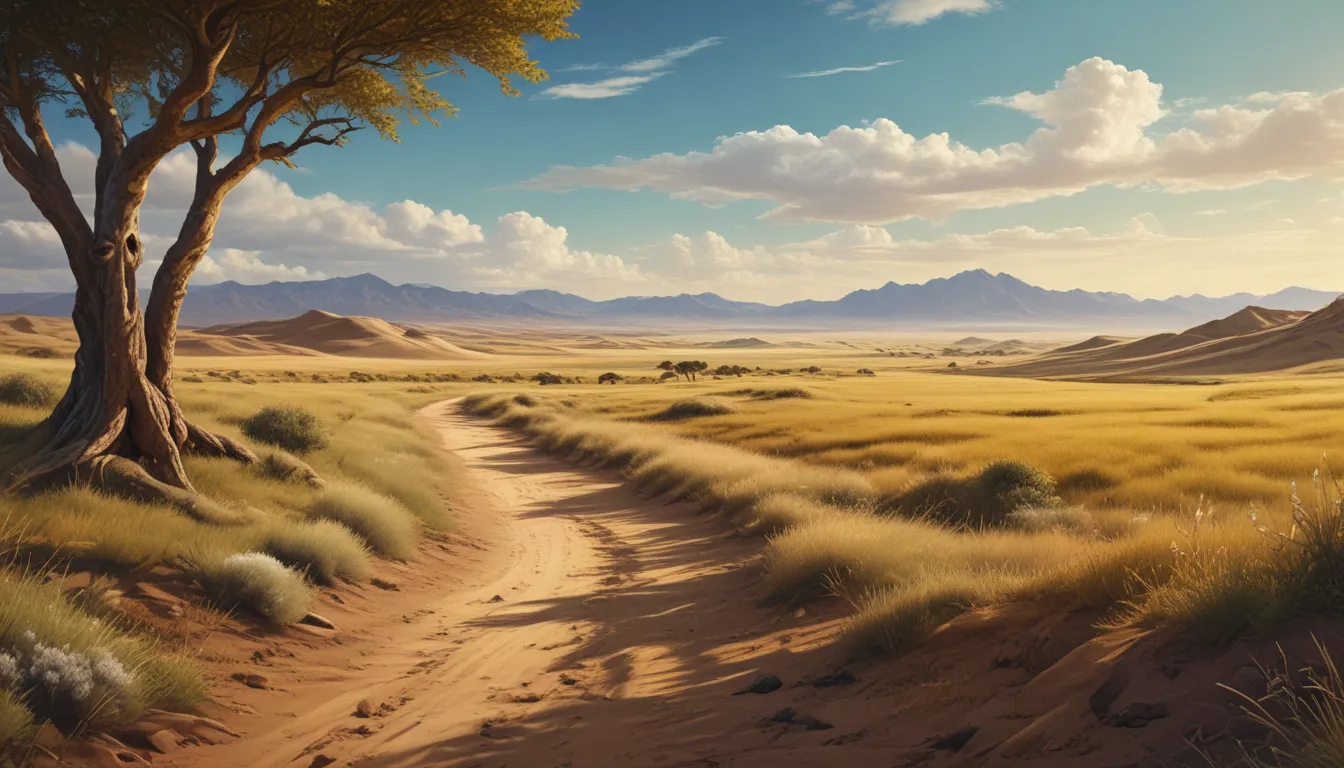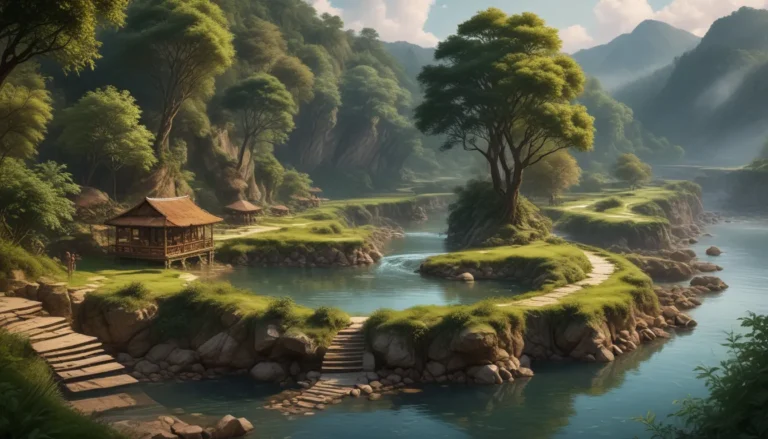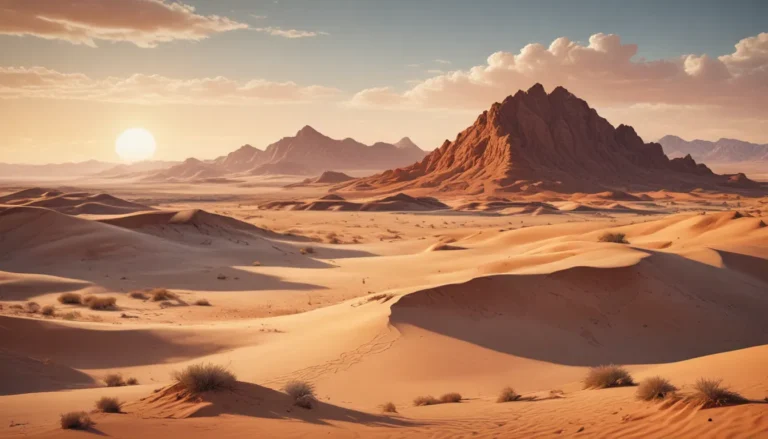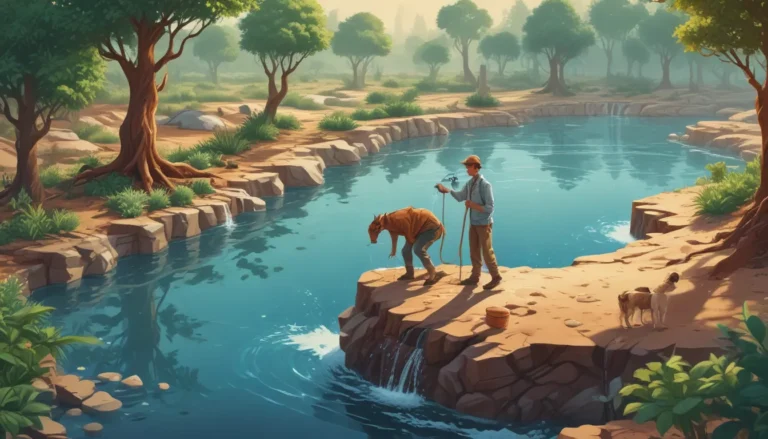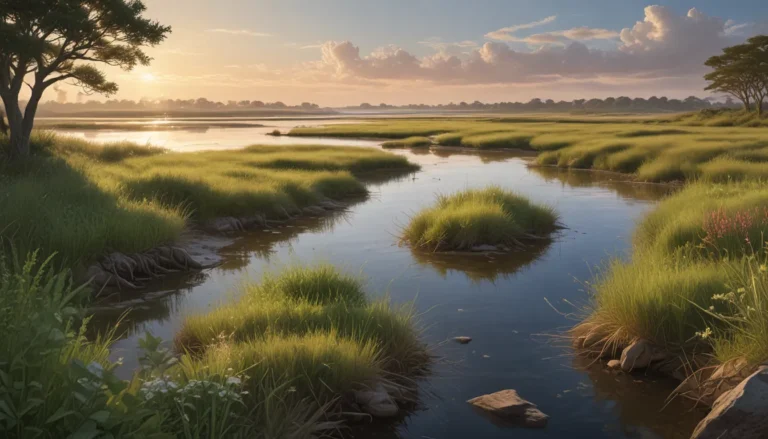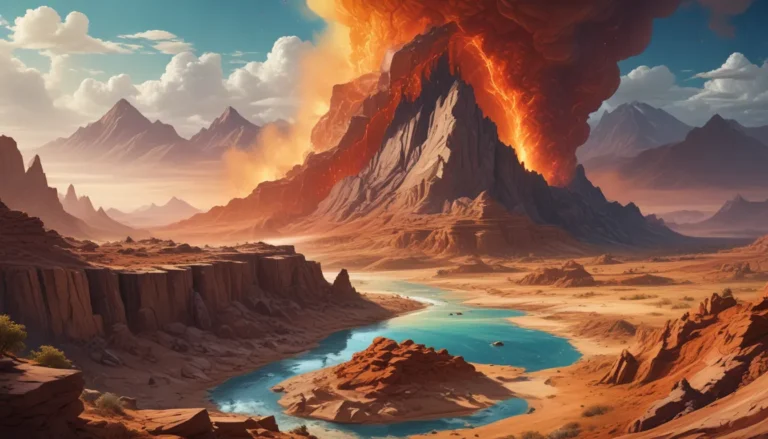A Note About Images: The images used in our articles are for illustration purposes only and may not exactly match the content. They are meant to engage readers, but the text should be relied upon for accurate information.
The steppe, also known as the “grasslands,” is a captivating geographical feature that spans across vast expanses of Asia, Europe, and North America. Beyond its breathtaking beauty, the steppe holds a treasure trove of extraordinary facts that have captured the imagination of explorers, scientists, and adventure seekers for centuries. In this article, we will delve into the fascinating world of the steppe and uncover 9 extraordinary facts that will leave you in awe of this incredible natural wonder.
The Vast Expanse of Steppe
The Steppe, also known as the “Grassland of the World,” covers a significant portion of central Asia, including countries like Mongolia, Kazakhstan, Ukraine, and Russia. Spanning over 6,000 kilometers, the Steppe is a captivating landscape that showcases the beauty of nature.
Ancient Nomadic Culture
The Steppe has been home to ancient nomadic cultures for centuries. Communities like the Mongols and the Cossacks thrived in the harsh conditions of the Steppe, adapting their lifestyles to the demands of the vast grasslands. Their rich heritage and unique way of life have left an indelible mark on the history of the Steppe.
Biodiversity and Wildlife
Teeming with diverse wildlife, the Steppe is a vital ecosystem in the region. It is home to numerous species of animals, such as the Siberian tiger, Przewalski’s horse, saiga antelope, and steppe eagle. The vast grasslands provide abundant grazing opportunities for herbivores and attract predators in search of prey, creating a delicate balance of nature.
The Great Silk Road
The Steppe played a crucial role in facilitating trade and cultural exchange along the famous Silk Road. Merchants, travelers, and conquerors passed through the Steppe, connecting civilizations and shaping history. It was a bustling hub of commerce, where valuable goods and ideas were exchanged across continents.
The Battle of Stalingrad
One of the most significant and brutal battles in history took place on the Steppe during World War II. The Battle of Stalingrad, fought between German and Soviet forces, marked a turning point in the war. It demonstrated the resilience and determination of the Soviet people in the face of adversity.
Rich Oil and Gas Reserves
Beneath the vast Steppe lies abundant reserves of oil and gas. Countries like Kazakhstan and Russia have tapped into these resources, making them major players in the global energy market. The Steppe’s natural wealth has fueled economic growth in the region and attracted significant investments in infrastructure and development.
The Trans-Siberian Railway
The iconic Trans-Siberian Railway cuts through the Steppe, spanning a distance of over 9,000 kilometers. It connects Moscow with the Far East, traversing diverse landscapes, including the breathtaking Steppe. The railway is a marvel of engineering and offers travelers a unique way to experience the vastness of the Steppe.
The Mystery of the Eurasian Steppe Belt
The Steppe is part of the larger Eurasian Steppe belt, which stretches from Hungary all the way to Mongolia. This vast belt has fascinated researchers and scientists for centuries, as it holds many unanswered questions about its formation, history, and ecological dynamics. Exploring the mysteries of the Eurasian Steppe belt continues to be a subject of scientific interest.
A Frontier for Adventure and Exploration
The Steppe presents an exciting frontier for adventurers and explorers. Its vastness and untouched landscapes offer unique opportunities for those seeking to connect with nature and immerse themselves in the beauty of the grasslands. From horseback riding across the Steppe to camping under the starry skies, embarking on an adventure in the Steppe is an unforgettable experience.
Discover the Beauty of the Steppe
The Steppe, with its ancient nomadic cultures, breathtaking wildlife, and rich history, holds a special place in the heart of Eurasia. As you explore this remarkable landscape, you will be captivated by its beauty and the sense of awe it inspires. Whether you are fascinated by its legends, its natural wonders, or its significance in shaping history, the Steppe offers a world of discovery and exploration.
Conclusion
The steppe is a fascinating geographic region, rich in history, culture, and natural beauty. From its vast grasslands to the nomadic civilizations that once roamed its plains, the steppe offers a unique glimpse into the past and present. Whether it’s exploring the diverse wildlife, witnessing the breathtaking landscapes, or immersing oneself in the traditions of the nomadic tribes, there is something extraordinary about the steppe that captivates and inspires. It is a place where endless horizons meet and where the spirit of adventure is awakened.
FAQs
-
What exactly is a steppe?
A steppe is a vast grassland ecosystem characterized by wide expanses of open terrain, usually found in the interior regions of continents. It is known for its relatively flat landscape, sparse vegetation, and diverse wildlife. -
Where are the most significant steppe regions in the world?
Some of the most notable steppe regions can be found in Central Asia, particularly in countries like Kazakhstan, Mongolia, and Russia. Other areas with steppe ecosystems include the Great Plains of North America and parts of Argentina and China. -
What is the significance of the steppe in history?
The steppe has played a crucial role in shaping human history. It has been home to numerous nomadic civilizations, such as the Mongols and Huns, who relied on the vast grasslands for their livelihoods. These nomadic cultures have left a lasting impact on world history, influencing trade, warfare, and cultural exchange. -
Are there any endangered species that inhabit the steppe?
Yes, the steppe is home to several endangered species, including the Przewalski’s horse and the saiga antelope. These species have faced significant threats such as habitat loss and poaching, making conservation efforts critical to their survival. -
Can you visit the steppe as a tourist?
Absolutely! Many steppe regions are open to tourists, offering unique opportunities for nature enthusiasts, photographers, and cultural explorers. From guided wildlife safaris to immersive cultural experiences with nomadic tribes, there are plenty of ways to experience the magic of the steppe firsthand.
Embark on a journey to the Steppe and experience the wonders of nature, history, and adventure that await in this remarkable landscape. The Steppe is a place of endless exploration and discovery, where ancient traditions meet modern wonders. Find yourself immersed in the beauty of the steppe, and let it leave a lasting impression on your soul.
